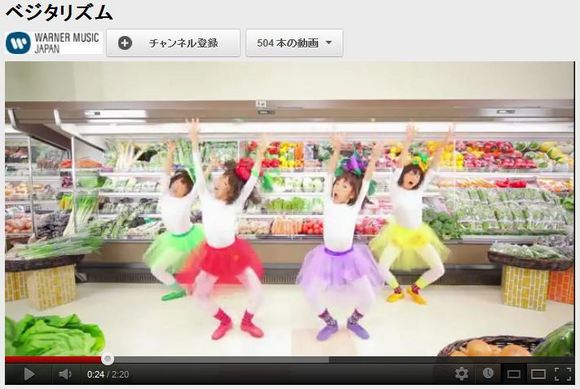|
|
❥ 10. Sign (video)
What is Denotation?
It attempts to be described as the definitional, such as 'literal', 'obvious' or 'commonsense'. While in the case of linguistic signs, it means what the dictionary tends to provide.
What is Connotation?
It is used to refer to socio-culture and 'personal' associations, such as idealogical, or emotional of the sign. These related to the person who reinterpret it, for instances the class, age, gender, ethnicity of the interpreter.
What is Myth?
It is often associate with classical fables about the legends, such as the exploits of gods or heroes. The term 'myth' suggests that it refers to beliefs which are demonstrably false, but in semiotic use of 'myth' can be seen as extended metaphors. It helps to make sense of our experiences within a culture.
YouTube Link:
A Japanese music video, ベジタリズム
Denotation - Four children wearing different colours dress dancing in the super market. Connotation - The four children each representing different vegetables, purple (egg plant), green (vegetables), orange (sweet potatoes, perhaps), and red (tomatoes). Gives children a feeling of that vegetables are all as cute and healthy as the children in the video poses. Cute dancing let the children have a better image or thought of vegetables. The place chosen is closer to reality, as it is the place children and their parents will visit daily. Myth - (1) Encourage Japanese from all age groups, but main target audience are children and kids to healthy food culture. It also to oppose to the fast food culture in Japan. (2) Japan's Kawaii culture something can be anthropomorphisized in Japan, even as it turned into human and also made cute. According to Takeshi Ochi, the vide president of Sony Creative Products in Tokyo, spoke of the tendency of Japanese men to suffer from Peter Pan syndrome. And it is common practice of businessmen reading comic on the subway in Tokyo. While the self-respecting adults will also consider a Hello Kitty wedding, and these prove that the Kawaii culture is unisex, and people from all ages are into it. And because it is so popular and mainstream in Japan, this ad not only attracts children and kids but also adults. Taken from: http://www.wired.com/wired/archive/7.12/cute_pr.html |


